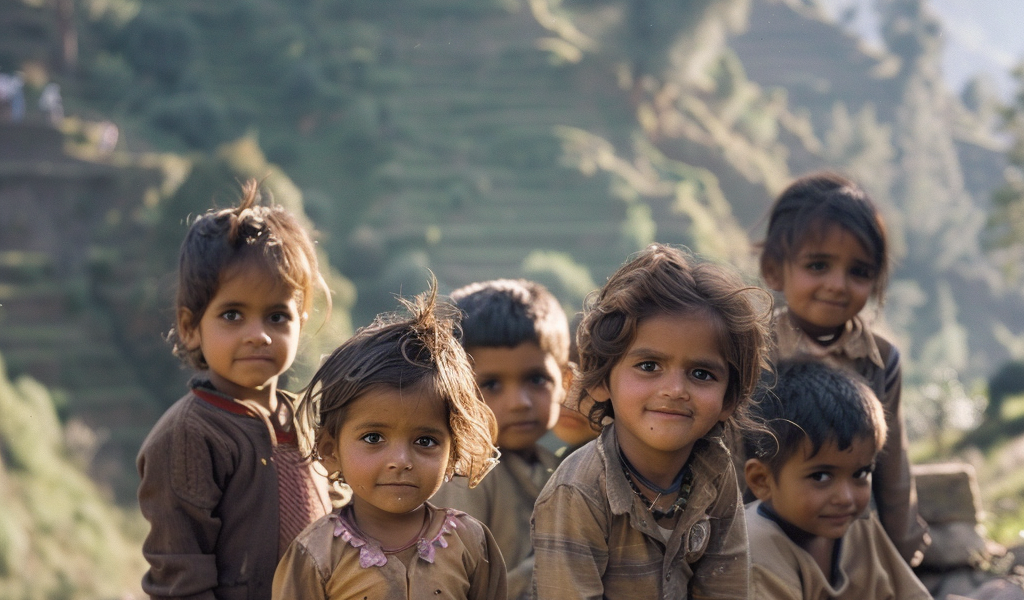Children living in India’s hills and mountains face a higher risk of stunted growth, with the danger escalating as altitude increases, as per a recent study published in the British Medical Journal Nutrition, Prevention & Health. The research, which analyzed data from over 1.65 lakh children under the age of five, revealed that stunting was more prevalent among children born as a third or later child and those with a small birth size.
The study drew data from the 2015-16 National Family Health Survey (NFHS-4) and utilized WHO standards to define stunting. Researchers, including those from Manipal Academy of Higher Education, Manipal, pointed out that prolonged exposure to high-altitude environments could reduce appetite, limit oxygen and nutrient absorption, although a direct causal relationship was not definitively established in this observational study.
The team highlighted the heightened food insecurity in hilly and mountainous regions due to lower crop yields and harsh climates. They emphasized the challenges in providing healthcare access in these areas and implementing nutritional programs.
The study found an overall stunting prevalence of 36% among these children, with a higher prevalence in the 1.5-5 age group (41%) compared to those under 1.5 years (27%). The majority of children (98%) lived at altitudes below 1000 meters, while 1.4% resided between 1000 and 2000 meters, and 0.2% lived above 2000 meters. Children above 2000 meters faced a 40% higher risk of stunting than those at 1000 meters.
Furthermore, stunting affected 44% of thirdborn or higher birth order children, in contrast to 30% in firstborns. Rates were even higher (45%) among children who were small or very small at birth. The study also noted the influence of mothers’ education levels on stunting risk.





